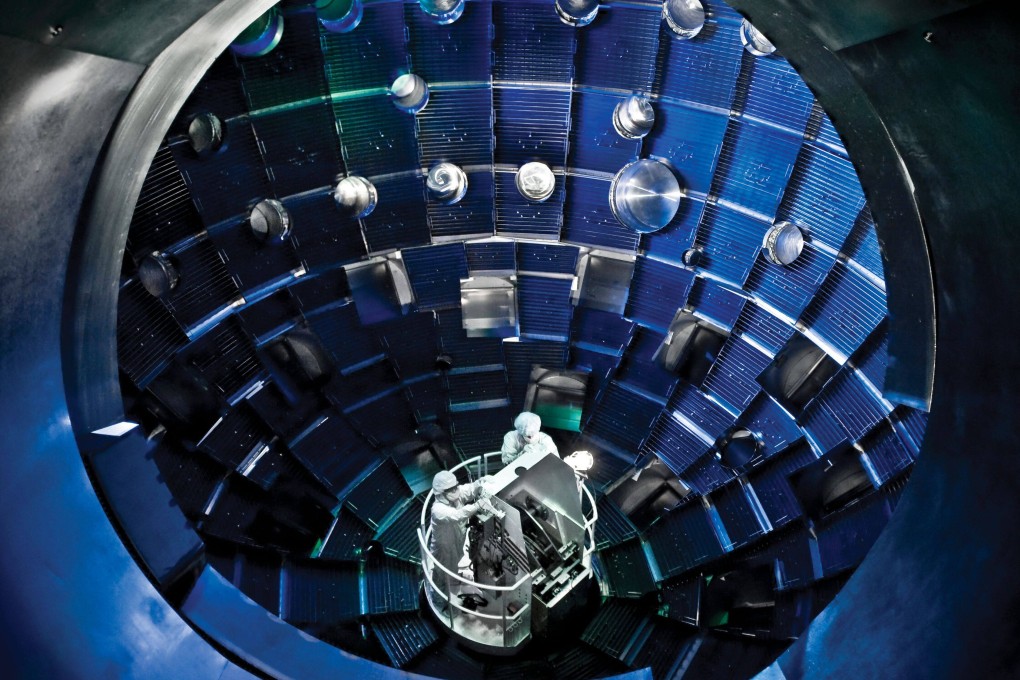Inside Out | Nuclear fusion power is a great hope but it won’t help with global warming now
- Developments in recent years have raised hopes of limitless cheap and clean energy from nuclear fusion but the technology is still highly experimental and costly – and global warming is a pressing problem
- It would be better to accelerate efforts on proven technologies like solar and wind energy – to buy time for a future where fusion might be reality

When the International Atomic Energy Agency (IAEA) convened its first Fusion Energy Conference in Salzburg, Austria, in 1961, the world had already witnessed the catastrophic power of the atomic bomb in 1945 and the commissioning of the first ever full-scale nuclear power station in 1956 at Calder Hall in Britain, both of which relied on nuclear fission.
Also unlike nuclear fission power plants which rely on a chain reaction, production of energy through nuclear fusion was intrinsically safe: any hiccup and the fusion reactor instantly stalled.
In the wake of that optimistic Salzburg conference, many scientists believed commercial-scale fusion power was only a decade or so away. By 1980, it was seen as 20 years away, and it has tantalisingly remained about 20 years away ever since. Naomi Oreskes, professor of the history of science at Harvard University, noted recently in the Scientific American: “The scientific and technical challenges of harnessing fusion on Earth were simply overwhelming.”
This faltering progress towards commercial nuclear fusion power has become a pressing concern as accelerating climate change raises urgent questions about whether fusion power can help with the imperative to get rid of fossil fuels, not least in power generation.
